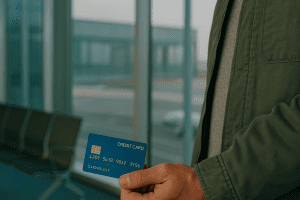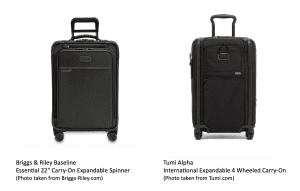Embarking on a journey with your furry friends can be a wonderful experience, but it’s vital to prioritize their safety and comfort. In this blog, we’ll delve into three key strategies to make your travels with pets both enjoyable and stress-free.
1. Preparation and Health Check
Before you hit the road or skies, a comprehensive preparation for your pet is essential. Start with a visit to the veterinarian to ensure your pet is fit for travel and up-to-date on vaccinations. This is also the perfect opportunity to discuss any travel-specific health concerns. Equally important is ensuring your pet can be easily identified. Microchipping, along with an up-to-date ID tag on your pet’s collar, is an effective combination. Also, don’t forget to prepare a travel kit. This should include necessities such as food, water, bowls, a leash, waste bags, any required medication, and a few of their favorite toys to help them feel secure and comfortable in a new environment.
2. Choosing the Right Mode of Transport
The mode of transport you choose for your pet can significantly impact their travel experience. If traveling by car, ensure your pet is safely secured with a crate or seat belt harness, and plan for frequent breaks to let them stretch and relieve themselves. Air travel requires thorough research into the airline’s pet policies and careful consideration of your pet’s health, especially for breeds prone to respiratory issues. For smaller pets, cabin travel is preferable. If you’re considering train or bus travel, check in advance as policies vary widely; generally, smaller pets in carriers are more easily accommodated. I highly recommend re-considering air travel if you have to send your dog in a crate. That experience can be quite traumatizing to not only your dog, but you as the owner.
3. Accommodation and Destination Planning
Finding pet-friendly accommodation is a critical aspect of travel planning. Ensure the hotels or rentals you choose welcome pets and understand any associated fees or restrictions. Once at your destination, give your pet time to become familiar with the new surroundings. Try to stick to their regular routine as much as possible to reduce stress. It’s also a good idea to locate a nearby veterinarian and keep their contact information handy, just in case of an emergency.
Conclusion
Traveling with your pets can be a delightful experience, enriched by careful planning and attention to their needs. By focusing on thorough preparation, selecting an appropriate mode of transport, and planning for pet-friendly accommodations, you can ensure a safe, comfortable, and memorable journey for both you and your pets.









